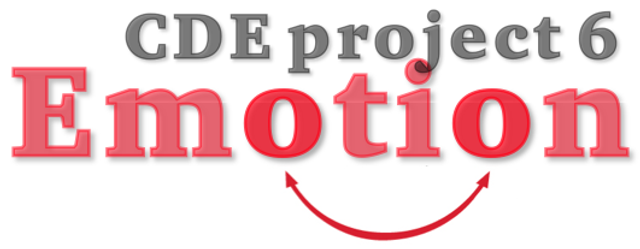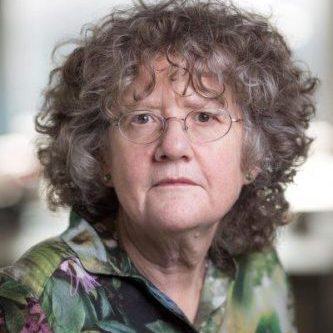CDE project 6 section 4: fear, flight and fight – turning pain into gain
The use and misuse of emotion. Section 4: emotions and donors.
- Written by
- Lyndall Stein
- Added
- March 30, 2017
by Lyndall Stein
Here veteran fundraising leader Lyndall Stein explores the reasons why images and words together have such lasting impact.
There are a thousand reasons to give – so many powerful emotions have to fill our hearts and heads – so many causes, so many channels, so much innovation and so much mystification and misinformation.
All of us who have had to encourage, persuade and sometimes shock people into giving their own money to help others know that there are a multitude of drivers at work – relating to everything from the context to the channel.
At a big event to raise money for an exceptionally brave, edgy, human rights charity, Reprieve, we created an environment in London’s shiny and glamorous Gherkin building where a wealthy hedge fund manager could laughingly respond to the wonderful taunting of reporter Jon Snow by paying £25,000 for his tie – it was a nice tie, but not that nice!

We can analyse why. Admiration of Reprieve’s heroic lawyers, who brave the security barriers at Guantanamo, or compassion for the prisoners snatched from the street facing a death sentence. Maybe respect for Clive Stafford Smith, Reprieve’s founder, a lawyer who spent 25 years in the deep American South fighting for the lives of prisoners sentenced to death in Louisiana. On his return to the UK he took up the fight for those imprisoned in Guantanamo Bay, hideously despised and utterly demeaned by a process that ignores their every basic human right.
 My guess is that the generous hedge fund chap may have been motivated by a surprising mixture of bravado, good to show your friends how generous you are, and a desire to be associated with an extraordinary, brave and principled man. He had no history of support for Reprieve and his behaviour did not suggest a worthy adherent to the principle of human rights – all of which does not matter a jot, his contribution of £25k to buy Jon Snow’s tie was lovely and valuable. It will help the wonderful young lawyers at Reprieve to continue their work saving lives and also, by the way, contribute to the brilliant work of Reprieve’s equally excellent, principled and dedicated fundraisers – take a bow Claire and Matt.
My guess is that the generous hedge fund chap may have been motivated by a surprising mixture of bravado, good to show your friends how generous you are, and a desire to be associated with an extraordinary, brave and principled man. He had no history of support for Reprieve and his behaviour did not suggest a worthy adherent to the principle of human rights – all of which does not matter a jot, his contribution of £25k to buy Jon Snow’s tie was lovely and valuable. It will help the wonderful young lawyers at Reprieve to continue their work saving lives and also, by the way, contribute to the brilliant work of Reprieve’s equally excellent, principled and dedicated fundraisers – take a bow Claire and Matt.
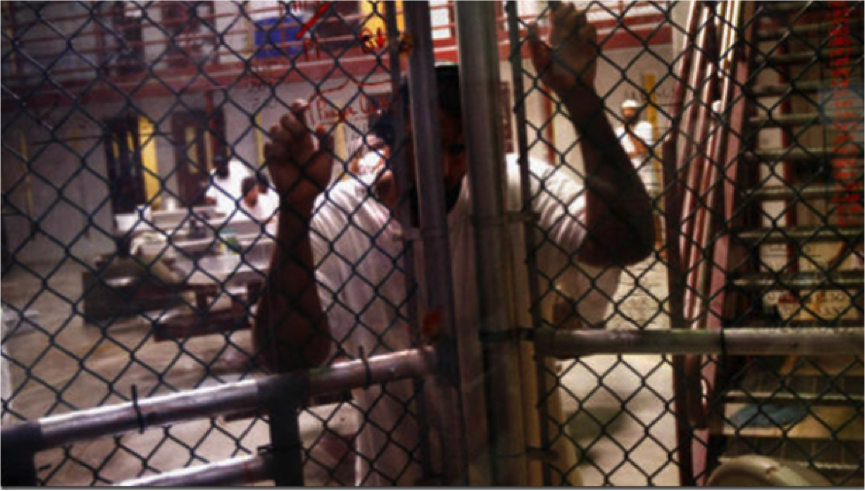
As fundraisers it is not our job to have our ear to the grill in the confessional and whisper to our donors …did you give that donation because you understand the root causes of poverty? Or did you just feel your heart go out to a helpless little child?

It is our job to catch the attention and move to action very busy people who have a lot of other stuff to do in their lives, who have a lot of shouty marketers telling them to save this amount, buy this and that, or their kids saying that everyone is going to laugh at them if they don’t have the most fashionable trainers. They may not even want to have a lesson in the cause of the problem, the policy changes that have led people to become homeless or without food, or the science behind HIV infection. But once you have made that vital connection between attention and action you have, as the great fundraiser, Margaret Bennett said, fired an arrow that can draw blood and then the arrowhead is in and the shaft is all the time you have to tell the story behind the issue. You have started the long-term development of your relationship with this kind person, who has made a direct connection and actually been moved enough to give you her own money.
The times I have tried to tell my charming expert colleagues in the policy/campaigns/science teams it is not like the expert donors from DfID, Bill & Melinda Gates, or Comic Relief. They are giving away someone else’s money and have studied the subject they are supporting… please respect our donors who are motivated by their human desire to help others. These good people may not have a PhD in international development, social policy, or public health; maybe, like me, they didn’t even pass their 11 plus (an early example of cruel exams that marked people for life).
My experience and, thanks to you data boffins and academics, the evidence show that all manner of motivations and all manner of people get to feel our good bold arrows, delivered in so many different ways. All those arrows fly to people’s hearts and we know they have to be fast, clear, vivid and powerful. We have to use our heads – we need to be conscious, unsentimental and, of course, responsible. But we cannot be perfect, we will fail if we are not prepared to get it wrong; I have written about my big mistakes, but I will pick just one now to show how wrong you can get it.
A cold mailing I did in the early 1990s used the words and true story of Martyn Taylor, chair of the board of Terrence Higgins Trust. When describing his diagnosis he said, ‘The doctor said to me, I am sorry to tell you, you have HIV.’ It was a powerful letter, really successful and so important to us at THT at that time, when there were no effective treatments for this new and terrifying disease, when so many young people were so sick and facing certain death, when so many of our colleagues were themselves so very sick – a sad and horrible time.
However this does not excuse the fact that the design of the letter, which highlighted the sentence about the diagnosis, led several people to think that this was a letter to them telling them that they had been diagnosed with HIV – it was not a good feeling talking to frightened people to explain that it was a direct mail fundraising letter. Of course, in those far-off days we did not even have the technology to personalise the letter, so it was addressed simply to ‘Dear Friend’. We had to change it, despite the potential for the letter to have been an arrow that hit home, but not in the way we intended, because it went totally against THTs core values and principles. It continued to be our most successful cold mailing, but I wish I’d not had to strike fear into people’s hearts the first time round, when they opened it.
It is a reminder of the importance of getting yourself out of your office and showing what you are doing to someone who does not spend every day in your world – your auntie might do. There is always the focus group, but treat these with caution, they are not the word of god! Several academic papers are available to explain to you about group think, etc and, remember, your auntie is likely to do more for you – quickly and for free.

Looking back to those sad and frightening years, I think my auntie would have spotted the danger of that highlighted sentence. Hmm, now I think about it, not my auntie – she is a world expert on HIV/AIDS, so too close! Maybe I could have borrowed someone else’s auntie.
I made a lot of other mistakes at Terrence Higgins Trust in the 1990s, but I also made a lot of thoughtful and considered decisions. I was lucky enough to have brilliant colleagues and a boss who understood what I was doing and never played the blame game (Daryl Upsall) and a CEO (Sir Nick Partridge) who was not only an eminent expert on the epidemic, but also a passionate and determined fighter for the rights of people affected by HIV/AIDS. Under his leadership THT drove the determined fight to prevent further infections and eventually to help deliver successful treatments. But in those dark days so many people became sick, so many died so young, so many friends whose brilliance and energy was consumed by a disease that seemed to have no end to its ingenuous and vicious replication.
We had to work so fast and with such urgency – so much demand for our services, no heritage and no legacies to sustain us through those hard times.
It required continuous work to find our brightest arrows – desperate times called for desperate measures. My very dearest friends, Robert, Alan and Colin, had schooled me well in understanding the charms of a culture that, while escaping the grip of homophobia, was celebrating sex and defending this joyousness against a frightening disease that seemed to be squeezing the life force out of the gay community.
We did so many mailings that dealt with grief, pain and loss, but for our mailing to raise money for THT’s hardship fund I wanted to focus on the resilience, energy and gorgeousness of the gay men I was working with because I knew this would trigger a positive response from our supporters. We photographed the lovely Paul in the midst of his busy day, looking of course not only busy, but sexy and adorable. He was just 26. Was I objectifying him? Was I using his looks to attract support and generate extra cash? Well, yes I was. And does that make me a bad person? Well no, I didn’t think so then and 30 years later I still believe I did the right thing. I was open about it as well and laughed with him about how I was exploiting his good looks for a very good cause.
The last time I saw Paul was at my leaving do – I saw him across the room, he was utterly changed, wan and thin, his vibrant youthfulness utterly diminished and extinguished I said to myself ‘he has HIV/AIDS and he is going to die… six months later he did, at 26.

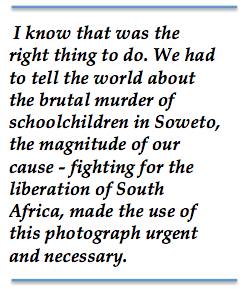
Hector Pieterson was another young person, a child who died so very much too soon. He was photographed, dead, in his Uncle Mbuyisa Makhubo’s arms by the South African photographer Bob Gosani in 1976, a critical and painful time in the long hard fight for freedom - the struggle reignited by the school children of Soweto.
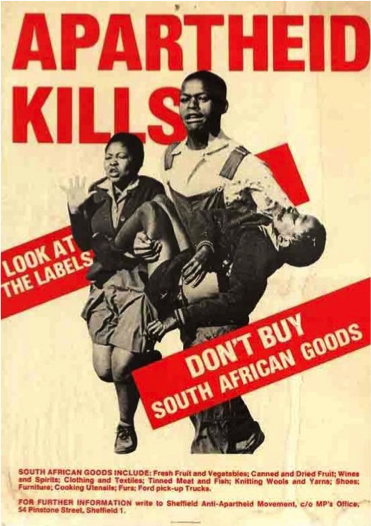
Against all the rules fashioned by consortia and working groups – that we must not photograph those who have died – yes, casual, prurient, thoughtless imagery is always wrong – but the scale, urgency and relevance of an iconic image must always override our own rules. I used that image in a mailing for our African National Congress fundraising and I know that was the right thing to do. I knew we had to tell the world about the brutal murder of schoolchildren in Soweto. The magnitude of our cause, fighting for the liberation of South Africa, made the use of this photograph urgent and necessary.
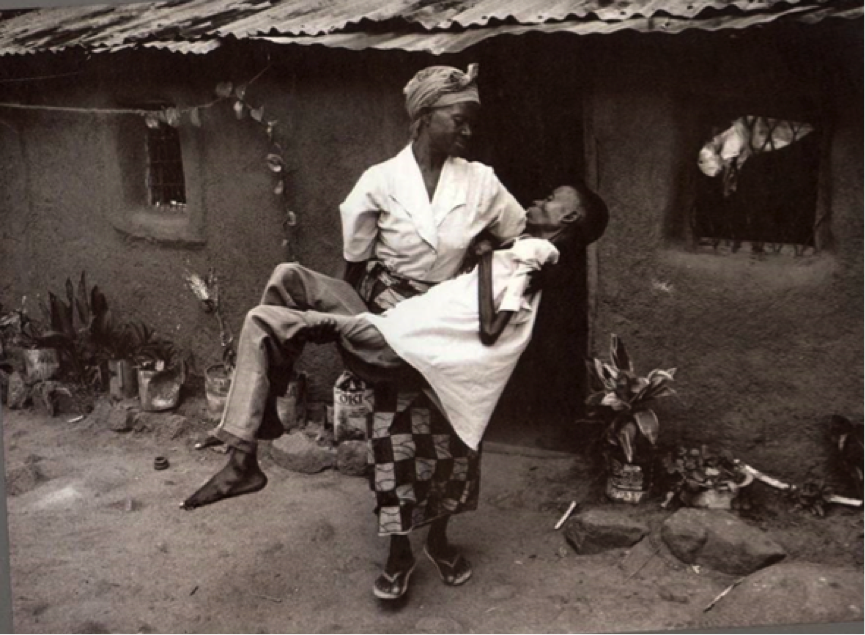
We as fundraisers often have access to the biggest and most responsive audiences in our organisations. We have a critical role to bear witness and share with people who may never have been in a refugee camp, never sat next to a woman whose child is dying in her arms from malnutrition. People who have never seen a loving mother, Dorcas in Tanzania, holding her emaciated and dying son Gabriel in her arms carrying him out of her mud hut to catch the last rays of the sun. Gabriel and Dorcas were photographed by Gideon Mendel, another South African photographer, as the HIV/AIDS epidemic was devastating sub Saharan African.
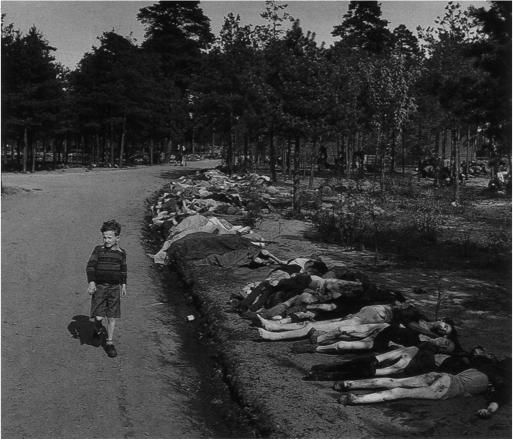
It is a heavy responsibility and we must bear it well – always considering our mission, our values, knowing that we will be able to say I did the right thing for the cause that I serve. We must remember that because the truth or an image is difficult or painful it does not mean it is not a story that must be told: as the forces of evil try to obscure our shared history powerful images and testimonies remain to challenge lies and misinformation.
The great photographer George Rodger never recovered from the traumatic experience of photographing the heaped bodies, the thousands of emaciated corpses in Bergen-Belsen concentration camp in Germany in the last years of the Second World War. But in representing the many millions of Jews, Roma, socialists, gay and disabled people murdered in the concentration camps, he bore witness so the truth could be told – then and forever.
We as fundraisers owe our great causes no less.
© Lyndall Stein 2016



